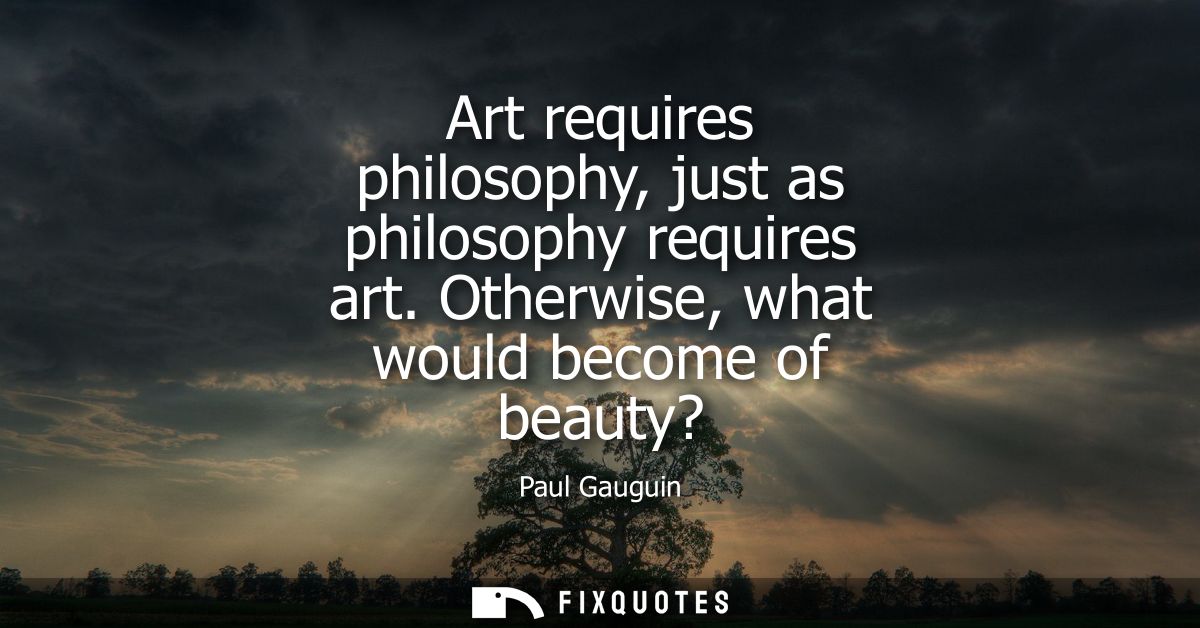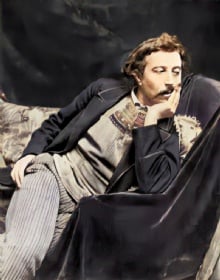"Art requires philosophy, just as philosophy requires art. Otherwise, what would become of beauty?"
About this Quote
Paul Gauguin’s observation invites reflection on the profound interdependence between art and philosophy. Both disciplines pursue a deeper truth: philosophy through rational thought and critical questioning, art through sensory experience and creative expression. Gauguin suggests that these distinct avenues for understanding are not mutually exclusive but rather nourishing each other, coalescing in the presence of beauty.
Art, divorced from philosophy, may risk becoming mere technique, bereft of meaning or purpose. Without the guiding hand of philosophical inquiry, questions of existence, morality, perception, or reality, art could lose its capacity to provoke thought or communicate something essential about human experience. Philosophy provides art with conceptual depth, the underpinning that transforms shapes and colors, words and sounds, into vehicles for contemplation and insight. Through philosophy, art gains a reflective dimension, encouraging the artist and audience alike to ponder larger questions behind the sensory experience.
Conversely, philosophy alone, while adept at analysis and abstraction, can become arid or detached from the immediacy of life. Art brings philosophy out of the realm of pure intellect into the tangible, emotional, and experiential. Artistic expression animates philosophical concepts, giving them flesh and feeling. The complexities and paradoxes philosophy deals with can be felt and experienced through art’s immediacy. Art makes philosophy accessible, felt in the heart as well as understood in the mind.
Gauguin’s question, “what would become of beauty?”, resonates as a warning and a celebration. Beauty, in this context, emerges when art and philosophy inform each other. It is the result of insight and feeling, intellect and intuition, entwined. Without this reciprocal relationship, beauty might wither into mere prettiness or dissolve into abstraction. For Gauguin, true beauty inhabits the intersection where ideas and sensations, thought and form, coexist and co-create the richness of human culture.
More details
About the Author

